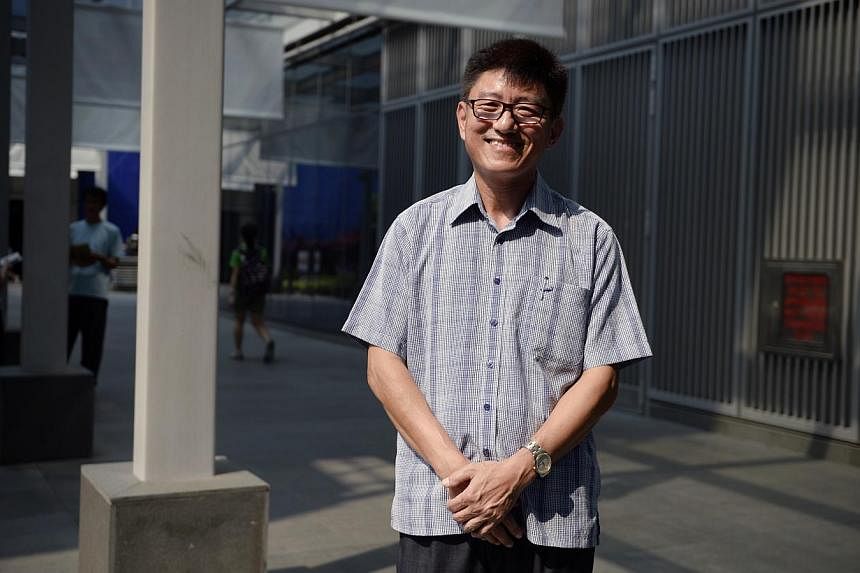When Mr Tee Koon Tiong dies, his body will be given to science to be preserved and probed by medical students.
The 55-year-old manager of a communications firm told The Sunday Times: "When I'm gone, my body will be just a shell. Why not use it to benefit future doctors?"
Many more have begun to share his view.
In the last three years, around 1,000 people have pledged their bodies to be used for medical teaching and research, according to figures from the National Organ Transplant Unit (NOTU).
Between 1972 and 2012, the number was only about 400.
NOTU puts the increase down to more awareness after stepping up its outreach programmes, including online efforts.
Mr Tee found out about body donation after a friend told him about it a few years ago.
"Before that, the thought did not even cross my mind," he said.
He also read articles on how students from the National University of Singapore's Yong Loo Lin School of Medicine (YLLSoM) honour cadavers as "silent mentors".
His family members did not object, as they learnt from Buddhist organisation Tzu Chi Foundation how such donations can further medicine.
Said his wife Linda Tee, a 51-year-old nurse: "It's a final act of charity."
Cadavers are typically used to give first-year students of medicine, dentistry, pharmacy and nursing a foundational lesson in human anatomy.
But while the big jump in pledges is encouraging, there is still a dire shortage of cadavers for medical education, said Professor Bay Boon Huat, who heads YLLSoM's Department of Anatomy.
"Many who signed these pledges are 40- to 60-year-olds," said the department's Associate Professor Ng Yee Kong.
With an average lifespan of 83 years here, it would be years before the bodies start to come in, he explained.
Last year, YLLSoM received 14 pledged bodies and another eight which were unclaimed. But such numbers are hardly a guarantee. It received nine bodies in 2013 and five in 2012.
This year, there has been only one donated body and three from unclaimed sources.
The school hopes for at least 20 cadavers each year, said Prof Bay.
Any surplus can be used to train future surgeons, many of whom now have to travel to Chulalongkorn University in Thailand or Taiwan's Tzu Chi University to practise on the greater number of fresh cadavers available there.
Duke-NUS Graduate Medical School imports cadavers from the United States, but these are more expensive as remains need to be shipped back for cremation.
For the last three years, SingHealth, which runs the largest group of healthcare institutions here, including the Singapore General Hospital, gets two local cadavers annually for teaching surgical skills.
Nanyang Technological University's Lee Kong Chian School of Medicine uses plastinated bodies in which fat and tissue are replaced with plastic. These can last for more than a decade but may cost about $100,000 each.
Normal cadavers are used for teaching for up to three years, after which family members work with the institutions to arrange for cremation.
Retired administrator Janet Sng, 79, was touched that YLLSoM sent its representatives to attend her husband's cremation ceremony.
He had donated his body for medical research.
"My husband gave the greatest gift to medicine - himself," she said. "I hope it will nurture a generation of skilful doctors who will make lives better for us."

